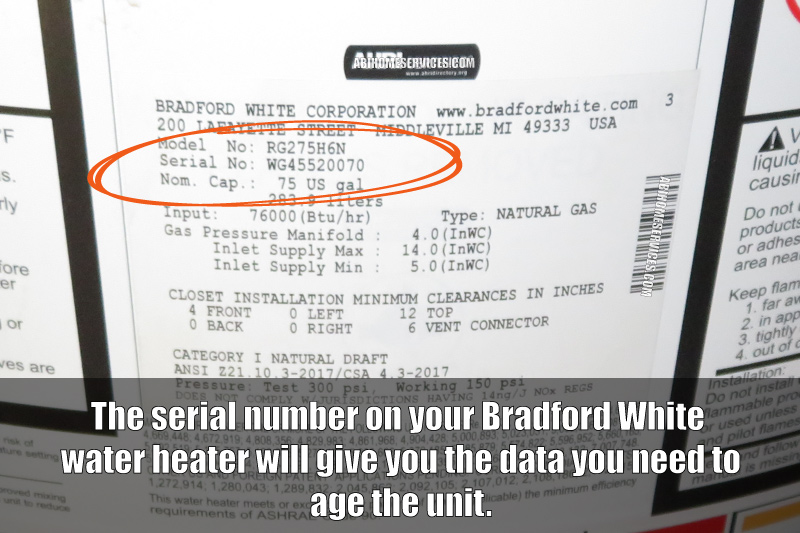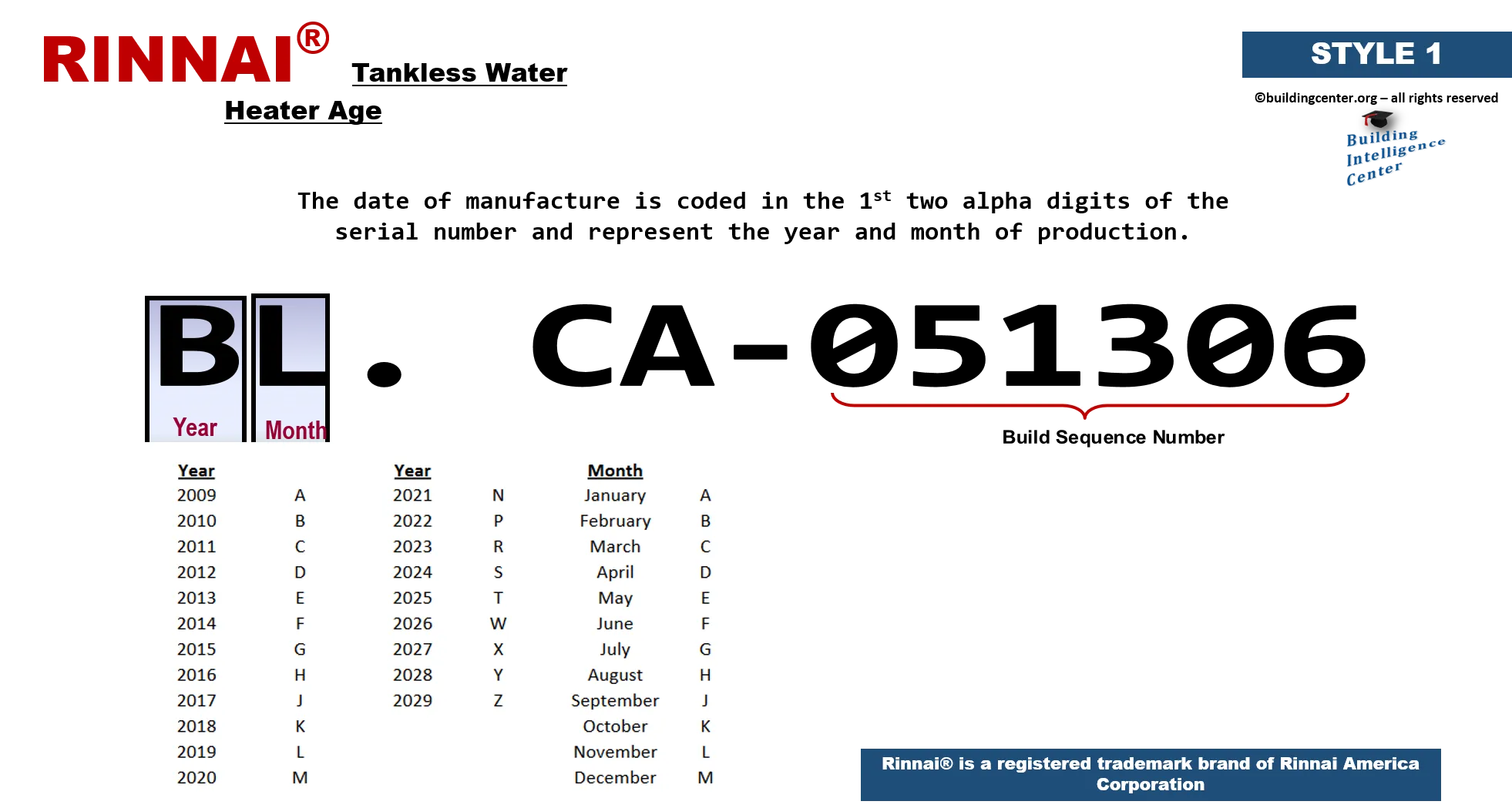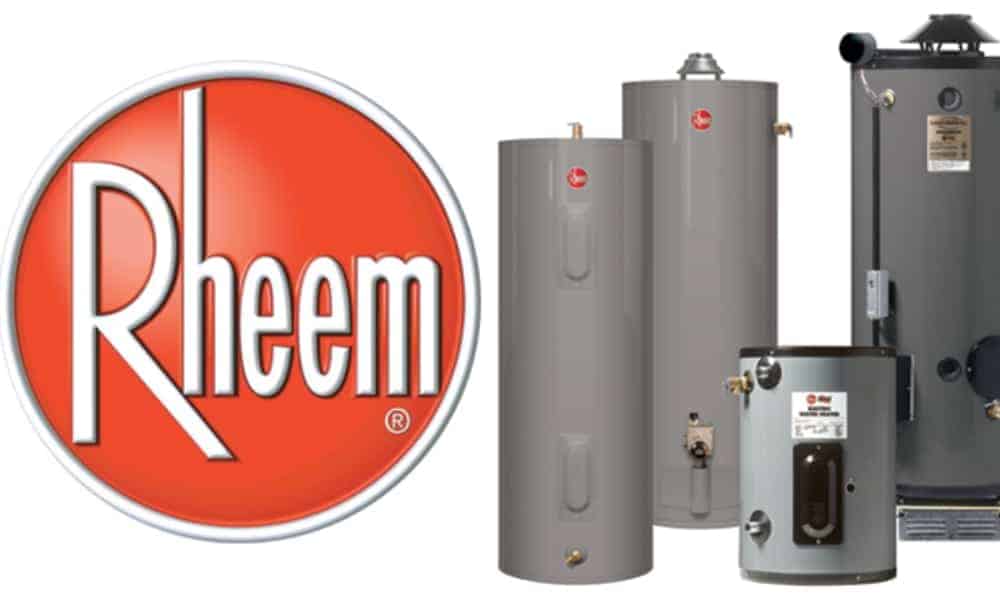

This rod attracts corrosive material away from the tank walls. To delay corrosion, standard water heaters have a sacrificial anode rod inserted into them.

The combination of water and metal means corrosion is a matter of when, not if. With the right maintenance and care, it’s possible to extend their lifespan, but there are upper limits, mainly because the water heater tank itself is subjected to unique forms of stress. On average, most water heaters last about 10-13 years. Standard water heaters are a relatively short-lived appliance. For decades, these water heaters have been the standard for homes. What you’re probably picturing is what most people associate with the phrase “water heaters.” They have a tank that stores heated water until it’s ready for use at the tap, shower head, or dishwasher. Wrap some Teflon tape on the threads of the new valve and when you replace it.You’ll find standard water heaters in most homes. Don’t drain a lot of water until you’ve broken the valve loose, so the weight of the water helps keep the heater from moving while you pull on the wrench. Drain enough water to get below the level of the valve. Turn off the gas or electricity and cold water supply to the tank. You may need a long handled wrench with a cheater. Usually there is only one problem replacing them, sometimes they’re a bit hard to unscrew. As the valves get older they sometimes begin to leak. If the cause is a leaky TPR valve, in most cases it can be replaced. A leaking valve indicates that the valve has become defective or the pressure in the tank is exceeding the relief point. If you ever see water leaking out of the TPR valve you should be concerned. In fact, a unit can operate at a decreased efficiency level for several years before it completely fails.Įvery water heater has a TPR valve (TPR stands for Temperature Pressure Release) that opens in the event that the tank pressure is too high or the water is too hot. One more thing to consider is that some people do not replace their hot water heater until it fails, believing it is fine until that time. So, is it worth squeezing those last few years out of the tank? You may also be able to purchase a new tank on sale and save a bit of money. The soft ending is the one where you budget for a new tank, research for the one you want and have it installed when it is the most convenient for you. The hard ending is when your tank fails and leaves you without hot water until you can get it replaced. When it comes to replacement, the way that I look at it is you can have a soft ending or a hard one. The warrantied life of a tank is a remarkably good way to estimate its reliable life. So, estimating the remaining life of a tank is kind of like a crapshoot. This process eventually results in a leaking tank.

The burner fatigues faster shortening the life of the burner and tank. The accumulation of sediment acts insulating layer, requiring you to keep turning up the burner to heat the water. In the case of sediment accumulation, think of your tank as a tea kettle with a layer of sand on the bottom. Water heaters typically fail due to rust, corrosion of steel and copper components, or burning hot spots & pinholes in the bottom of the tank due to accumulation of sediment or from hard water. Tanks that have been drained and flushed of sediment regularly should have increased the life expectancy. However, hot water heaters can have shortened lives due to poor or dormant maintenance. When a water heater is properly maintained, it can last longer. Depending on the internal quality of parts in a gas water heater, tanks generally reliably last between 8 to12 years, electric water heaters typically last a little longer. Perhaps the best way to estimate its life expectancy is simply to determine its in-service age. Since the tank is sealed and there are no mechanical parts to inspect it’s often hard to tell. My clients always ask how long a hot water tank is expected to last. Hugh Cairns: Hot water tanks – How long do they last?


 0 kommentar(er)
0 kommentar(er)
